Comparing SCHD and VOO for Optimal Portfolio Performance
Introduction
SCHD and VOO are among the most popular ETFs for investors seeking long-term portfolio growth. SCHD emphasizes dividend-paying stocks, offering steady income and reduced volatility, while VOO tracks the S&P 500, focusing on large-cap companies with high growth potential. Both funds appeal to different investment strategies, with SCHD attracting income-focused investors and VOO providing broad market exposure. Understanding their sector allocations, historical performance, and risk profiles can help investors determine which ETF best aligns with their financial goals.
Understanding SCHD and VOO
SCHD and VOO are two widely followed ETFs, each offering distinct investment strategies. SCHD tracks the Dow Jones U.S. Dividend 100 Index, focusing on high-quality dividend-paying stocks, while VOO follows the S&P 500 Index, providing exposure to large-cap companies. SCHD’s sector allocation leans toward financials, industrials, and healthcare, whereas VOO is heavily weighted in technology, consumer discretionary, and financial services. The primary difference between SCHD and VOO lies in their holdings. SCHD includes approximately 100 stocks, prioritizing companies with strong dividend histories, such as Coca-Cola KO and Cisco Systems CSCO. VOO, on the other hand, holds around 500 stocks, including major tech firms like Apple AAPL and Microsoft MSFT.
Historically, VOO has outperformed SCHD in terms of total returns due to its exposure to high-growth sectors. Over the past decade, VOO has delivered an annualized return of approximately 12.92 percent, compared to SCHD’s 10.79 percent. However, SCHD’s dividend yield remains significantly higher, making it attractive for income-focused investors. Both ETFs maintain low expense ratios, ensuring cost efficiency for long-term investors.
Sources:
Physician on FIRE, Forbes, PortfoliosLab
Expense Ratios and Fees
SCHD and VOO both maintain low expense ratios, making them cost-effective choices for long-term investors. SCHD has an expense ratio of 0.06 percent, while VOO offers an even lower rate of 0.03 percent. These fees are significantly below the industry average, ensuring that investors retain more of their returns over time. The impact of fees on long-term returns is crucial for portfolio growth. While both SCHD and VOO have low expense ratios, their differing compositions influence overall performance. VOO, which tracks the S&P 500, has historically delivered higher returns due to its focus on large-cap stocks. For passive investors, cost efficiency is a key factor in ETF selection. SCHD and VOO both provide broad market exposure with minimal fees, making them ideal for long-term wealth accumulation. Their passive management style ensures low turnover, reducing tax implications and transaction costs.
Risk and Volatility Considerations
SCHD and VOO both balance risk and reward by offering diversified exposure to the U.S. stock market, but their approaches differ. SCHD focuses on dividend-paying stocks, which tend to be more stable and provide consistent income, while VOO tracks the S&P 500, offering exposure to large-cap companies with higher growth potential. Volatility trends indicate that SCHD experiences lower price fluctuations compared to VOO. Historical data shows that SCHD has a daily standard deviation of 16.31 percent, whereas VOO maintains a higher volatility at 19.55 percent. Additionally, SCHD’s maximum drawdown during market corrections has been less severe, reaching -33.37 percent, while VOO’s drawdown was slightly deeper at -33.99 percent.
Case studies of SCHD and VOO’s performance during market downturns reinforce their risk profiles. During the 2020 market crash, SCHD suffered milder losses than the overall market due to its defensive positioning, while VOO declined more sharply but rebounded strongly as the market recovered. Similarly, in early 2025, SCHD saw a 3.05 percent decline, while VOO experienced a milder 1.48 percent drop, further proving SCHD’s resilience during volatile periods.
Growth Potential and Returns
SCHD and VOO have both demonstrated strong long-term returns, but their performance varies due to differences in market exposure. Over the past decade, VOO has delivered an annualized return of approximately 12.92 percent, slightly outperforming SCHD’s 10.70 percent. This difference is largely attributed to VOO’s focus on large-cap stocks, which tend to be more stable and resilient during economic downturns. Sector-wise analysis highlights key growth opportunities in both ETFs. VOO is heavily weighted toward technology, financial services, and healthcare, with companies like Apple AAPL, Microsoft MSFT, and NVIDIA NVDA driving its performance. SCHD, while also holding large-cap stocks, focuses on dividend-paying companies such as Coca-Cola KO and Cisco Systems CSCO, making it attractive for income-focused investors.
Predictions for future performance suggest continued strength for both ETFs. Analysts forecast that VOO will maintain steady growth, driven by corporate earnings and economic stability. SCHD, with its dividend-focused strategy, is expected to provide reliable income while experiencing lower volatility.
Sources:
Stock Analysis, Retire Before Dad, TheStreet, Long Forecast
Institutional and Retail Investor Sentiment
Institutional investors continue to allocate significant capital to both SCHD and VOO, recognizing their distinct advantages. VOO, tracking the S&P 500, remains a preferred choice for large financial firms due to its broad market exposure and historical resilience. SCHD, with its focus on dividend-paying stocks, attracts institutions seeking stable income-generating assets. Retail investors often choose between SCHD and VOO based on their investment priorities. Those seeking dividend income favor SCHD, as it provides consistent payouts and lower volatility. Investors looking for broad market exposure and long-term appreciation lean toward VOO, which includes high-growth companies.
Experts predict continued strong performance for both ETFs, though their future trajectories may differ. Analysts highlight that VOO will likely maintain steady growth, driven by corporate earnings and economic stability. SCHD, with its dividend-focused strategy, is expected to remain a reliable income-generating asset, particularly during market downturns.
Portfolio Allocation Strategies
Integrating SCHD or VOO into a diversified portfolio requires a strategic approach to balance risk and reward. SCHD focuses on dividend-paying stocks, making it a strong choice for income-oriented investors, while VOO tracks the S&P 500, offering broad market exposure. Investors often combine SCHD with growth-focused ETFs to enhance returns while maintaining stability. Balancing SCHD with sector-specific ETFs allows investors to target high-growth industries while maintaining overall market exposure. Some investors pair SCHD with technology-focused ETFs like QQQ or healthcare ETFs to capitalize on emerging trends. VOO, with its large-cap focus, can be complemented by mid-cap or small-cap ETFs to capture additional growth potential.
Long-term strategies for maximizing returns with SCHD or VOO involve consistent investment and periodic rebalancing. Investors often use dollar-cost averaging to reduce the impact of market fluctuations while reinvesting dividends to compound returns. Additionally, maintaining a diversified asset allocation and adjusting holdings based on economic conditions can enhance portfolio performance.
Conclusion
SCHD and VOO offer distinct advantages for long-term investors, catering to different financial goals. SCHD focuses on dividend-paying stocks, providing stable income and lower volatility, while VOO tracks the S&P 500, emphasizing growth through large-cap companies. Institutional and retail investors continue to allocate funds to both ETFs, recognizing their cost efficiency and reliability. The choice ultimately depends on an investor’s preference for steady income versus broader market appreciation, making both ETFs strong contenders for portfolio diversification and long-term wealth accumulation.
Expert Analysis
Expert Insights on SCHD vs. VOO for Long-Term Investing
SCHD and VOO serve different investor needs, with SCHD focusing on dividend income and VOO prioritizing broad market exposure. SCHD’s dividend strategy appeals to income-focused investors, while VOO’s large-cap stability makes it a strong choice for long-term growth. The decision ultimately depends on whether an investor values consistent dividend payouts or prefers diversified market appreciation.
📌Read More About:
Top Large Cap Stocks- https://stockbossup.com/pages/topics/large-cap
Why is VOO So Popular?- https://stockbossup.com/pages/post/38754/why-is-voo-so-popular
What is VTI and VOO?- https://stockbossup.com/pages/post/38634/what-is-vti-and-voo
Why VOO Over SPY?- https://stockbossup.com/pages/post/39131/voo-vs-spy-which-s-p-500-etf-offers-better-long-term-value
Which is Better Long-Term VTI or VOO?- https://stockbossup.com/pages/post/39146/vti-vs-voo-which-etf-is-the-best-long-term-investment-strategy
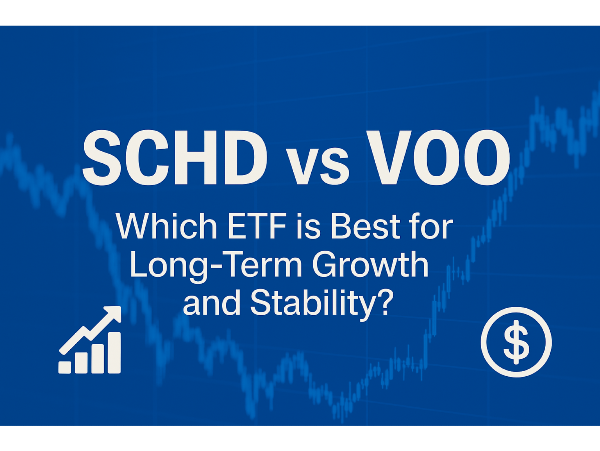

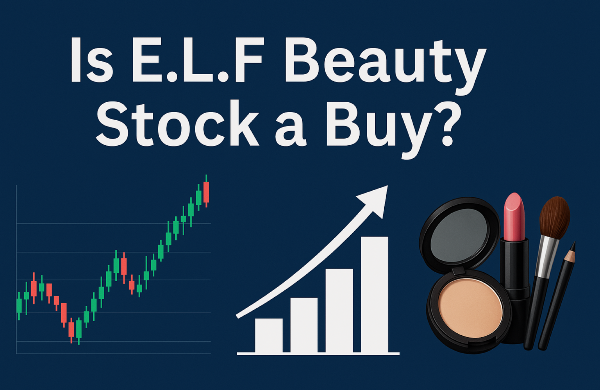
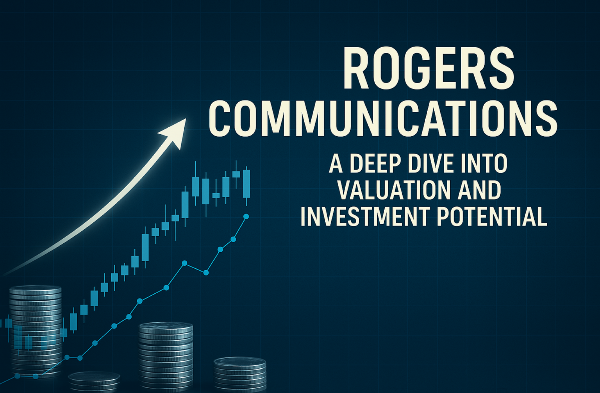
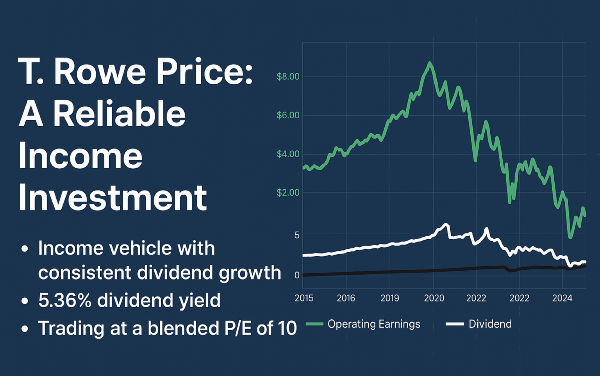
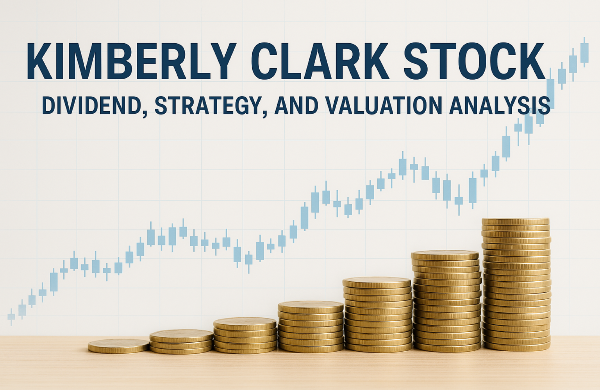

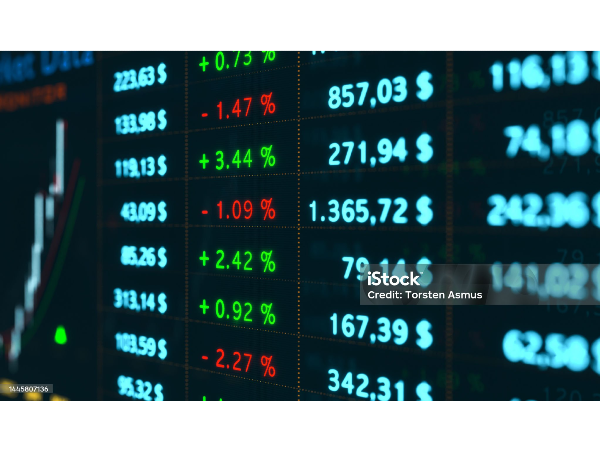


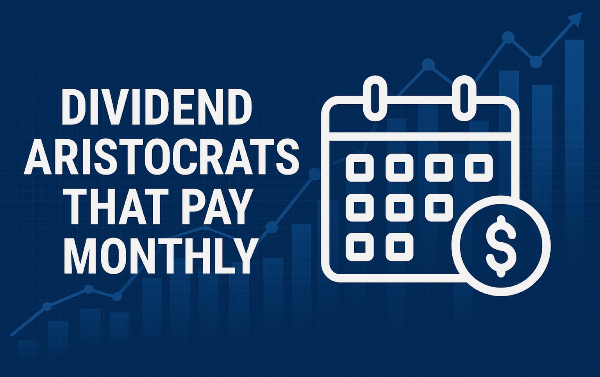
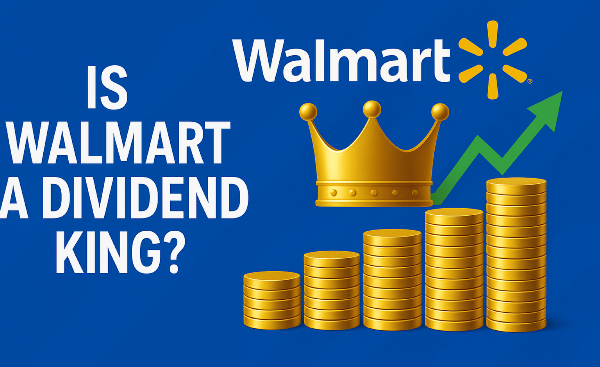
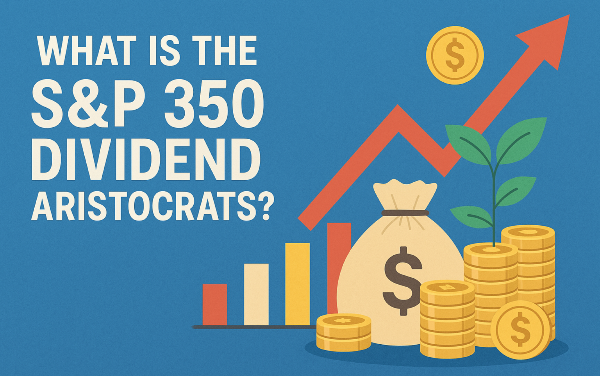
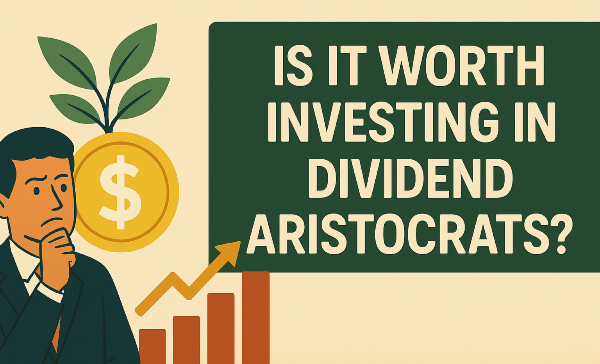
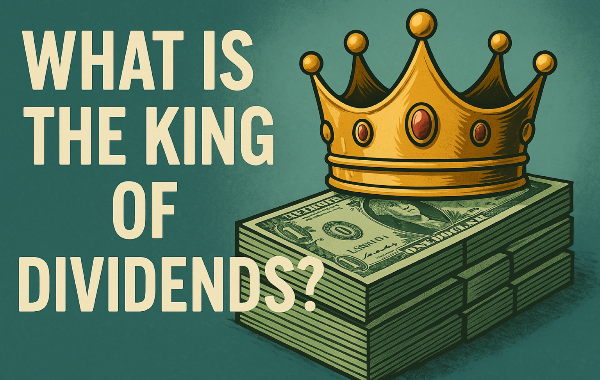
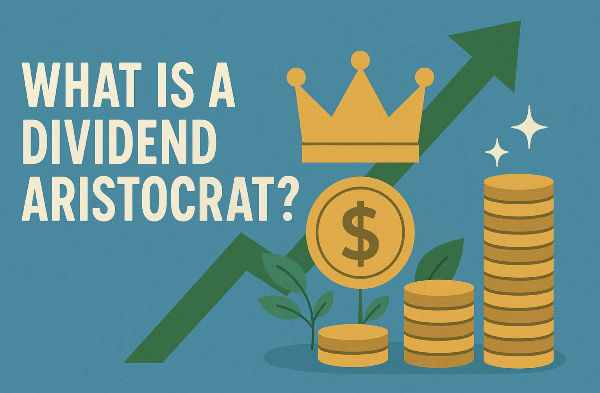
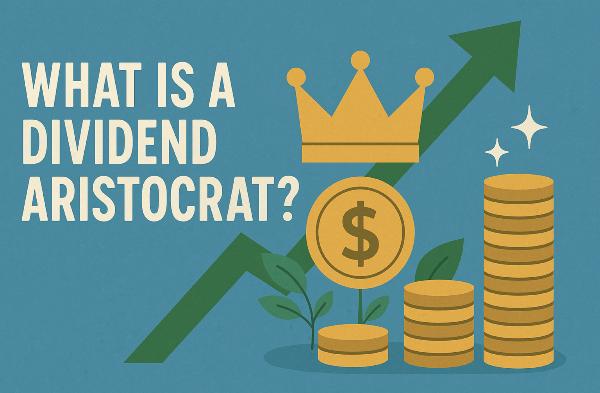
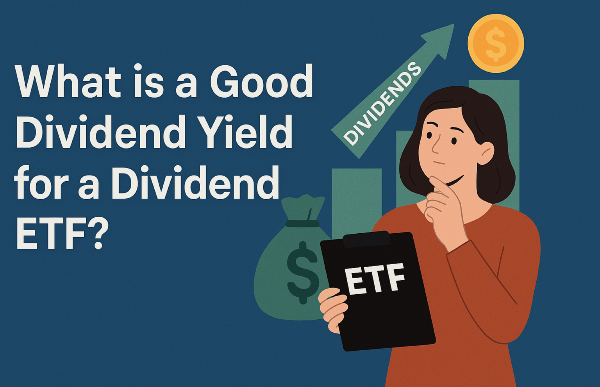
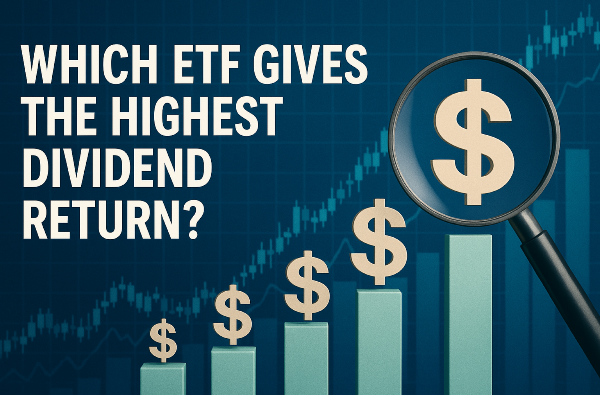
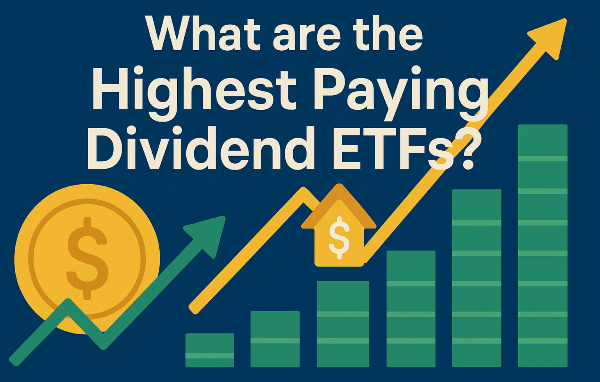
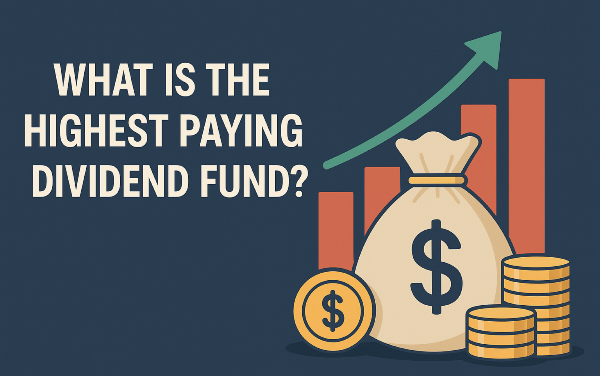
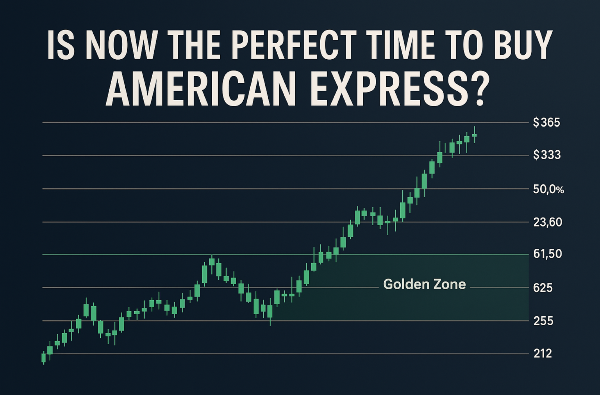








Comparing SCHD and VOO for Optimal Portfolio Performance
Introduction
SCHD and VOO are among the most popular ETFs for investors seeking long-term portfolio growth. SCHD emphasizes dividend-paying stocks, offering steady income and reduced volatility, while VOO tracks the S&P 500, focusing on large-cap companies with high growth potential. Both funds appeal to different investment strategies, with SCHD attracting income-focused investors and VOO providing broad market exposure. Understanding their sector allocations, historical performance, and risk profiles can help investors determine which ETF best aligns with their financial goals.
Understanding SCHD and VOO
SCHD and VOO are two widely followed ETFs, each offering distinct investment strategies. SCHD tracks the Dow Jones U.S. Dividend 100 Index, focusing on high-quality dividend-paying stocks, while VOO follows the S&P 500 Index, providing exposure to large-cap companies. SCHD’s sector allocation leans toward financials, industrials, and healthcare, whereas VOO is heavily weighted in technology, consumer discretionary, and financial services. The primary difference between SCHD and VOO lies in their holdings. SCHD includes approximately 100 stocks, prioritizing companies with strong dividend histories, such as Coca-Cola KO and Cisco Systems CSCO. VOO, on the other hand, holds around 500 stocks, including major tech firms like Apple AAPL and Microsoft MSFT.
Historically, VOO has outperformed SCHD in terms of total returns due to its exposure to high-growth sectors. Over the past decade, VOO has delivered an annualized return of approximately 12.92 percent, compared to SCHD’s 10.79 percent. However, SCHD’s dividend yield remains significantly higher, making it attractive for income-focused investors. Both ETFs maintain low expense ratios, ensuring cost efficiency for long-term investors.
Sources:
Physician on FIRE, Forbes, PortfoliosLab
Expense Ratios and Fees
SCHD and VOO both maintain low expense ratios, making them cost-effective choices for long-term investors. SCHD has an expense ratio of 0.06 percent, while VOO offers an even lower rate of 0.03 percent. These fees are significantly below the industry average, ensuring that investors retain more of their returns over time. The impact of fees on long-term returns is crucial for portfolio growth. While both SCHD and VOO have low expense ratios, their differing compositions influence overall performance. VOO, which tracks the S&P 500, has historically delivered higher returns due to its focus on large-cap stocks. For passive investors, cost efficiency is a key factor in ETF selection. SCHD and VOO both provide broad market exposure with minimal fees, making them ideal for long-term wealth accumulation. Their passive management style ensures low turnover, reducing tax implications and transaction costs.
Risk and Volatility Considerations
SCHD and VOO both balance risk and reward by offering diversified exposure to the U.S. stock market, but their approaches differ. SCHD focuses on dividend-paying stocks, which tend to be more stable and provide consistent income, while VOO tracks the S&P 500, offering exposure to large-cap companies with higher growth potential. Volatility trends indicate that SCHD experiences lower price fluctuations compared to VOO. Historical data shows that SCHD has a daily standard deviation of 16.31 percent, whereas VOO maintains a higher volatility at 19.55 percent. Additionally, SCHD’s maximum drawdown during market corrections has been less severe, reaching -33.37 percent, while VOO’s drawdown was slightly deeper at -33.99 percent.
Case studies of SCHD and VOO’s performance during market downturns reinforce their risk profiles. During the 2020 market crash, SCHD suffered milder losses than the overall market due to its defensive positioning, while VOO declined more sharply but rebounded strongly as the market recovered. Similarly, in early 2025, SCHD saw a 3.05 percent decline, while VOO experienced a milder 1.48 percent drop, further proving SCHD’s resilience during volatile periods.
Growth Potential and Returns
SCHD and VOO have both demonstrated strong long-term returns, but their performance varies due to differences in market exposure. Over the past decade, VOO has delivered an annualized return of approximately 12.92 percent, slightly outperforming SCHD’s 10.70 percent. This difference is largely attributed to VOO’s focus on large-cap stocks, which tend to be more stable and resilient during economic downturns. Sector-wise analysis highlights key growth opportunities in both ETFs. VOO is heavily weighted toward technology, financial services, and healthcare, with companies like Apple AAPL, Microsoft MSFT, and NVIDIA NVDA driving its performance. SCHD, while also holding large-cap stocks, focuses on dividend-paying companies such as Coca-Cola KO and Cisco Systems CSCO, making it attractive for income-focused investors.
Predictions for future performance suggest continued strength for both ETFs. Analysts forecast that VOO will maintain steady growth, driven by corporate earnings and economic stability. SCHD, with its dividend-focused strategy, is expected to provide reliable income while experiencing lower volatility.
Sources:
Stock Analysis, Retire Before Dad, TheStreet, Long Forecast
Institutional and Retail Investor Sentiment
Institutional investors continue to allocate significant capital to both SCHD and VOO, recognizing their distinct advantages. VOO, tracking the S&P 500, remains a preferred choice for large financial firms due to its broad market exposure and historical resilience. SCHD, with its focus on dividend-paying stocks, attracts institutions seeking stable income-generating assets. Retail investors often choose between SCHD and VOO based on their investment priorities. Those seeking dividend income favor SCHD, as it provides consistent payouts and lower volatility. Investors looking for broad market exposure and long-term appreciation lean toward VOO, which includes high-growth companies.
Experts predict continued strong performance for both ETFs, though their future trajectories may differ. Analysts highlight that VOO will likely maintain steady growth, driven by corporate earnings and economic stability. SCHD, with its dividend-focused strategy, is expected to remain a reliable income-generating asset, particularly during market downturns.
Portfolio Allocation Strategies
Integrating SCHD or VOO into a diversified portfolio requires a strategic approach to balance risk and reward. SCHD focuses on dividend-paying stocks, making it a strong choice for income-oriented investors, while VOO tracks the S&P 500, offering broad market exposure. Investors often combine SCHD with growth-focused ETFs to enhance returns while maintaining stability. Balancing SCHD with sector-specific ETFs allows investors to target high-growth industries while maintaining overall market exposure. Some investors pair SCHD with technology-focused ETFs like QQQ or healthcare ETFs to capitalize on emerging trends. VOO, with its large-cap focus, can be complemented by mid-cap or small-cap ETFs to capture additional growth potential.
Long-term strategies for maximizing returns with SCHD or VOO involve consistent investment and periodic rebalancing. Investors often use dollar-cost averaging to reduce the impact of market fluctuations while reinvesting dividends to compound returns. Additionally, maintaining a diversified asset allocation and adjusting holdings based on economic conditions can enhance portfolio performance.
Conclusion
SCHD and VOO offer distinct advantages for long-term investors, catering to different financial goals. SCHD focuses on dividend-paying stocks, providing stable income and lower volatility, while VOO tracks the S&P 500, emphasizing growth through large-cap companies. Institutional and retail investors continue to allocate funds to both ETFs, recognizing their cost efficiency and reliability. The choice ultimately depends on an investor’s preference for steady income versus broader market appreciation, making both ETFs strong contenders for portfolio diversification and long-term wealth accumulation.
Expert Analysis
Expert Insights on SCHD vs. VOO for Long-Term Investing
SCHD and VOO serve different investor needs, with SCHD focusing on dividend income and VOO prioritizing broad market exposure. SCHD’s dividend strategy appeals to income-focused investors, while VOO’s large-cap stability makes it a strong choice for long-term growth. The decision ultimately depends on whether an investor values consistent dividend payouts or prefers diversified market appreciation.
📌Read More About:
Top Large Cap Stocks- https://stockbossup.com/pages/topics/large-cap
Why is VOO So Popular?- https://stockbossup.com/pages/post/38754/why-is-voo-so-popular
What is VTI and VOO?- https://stockbossup.com/pages/post/38634/what-is-vti-and-voo
Why VOO Over SPY?- https://stockbossup.com/pages/post/39131/voo-vs-spy-which-s-p-500-etf-offers-better-long-term-value
Which is Better Long-Term VTI or VOO?- https://stockbossup.com/pages/post/39146/vti-vs-voo-which-etf-is-the-best-long-term-investment-strategy